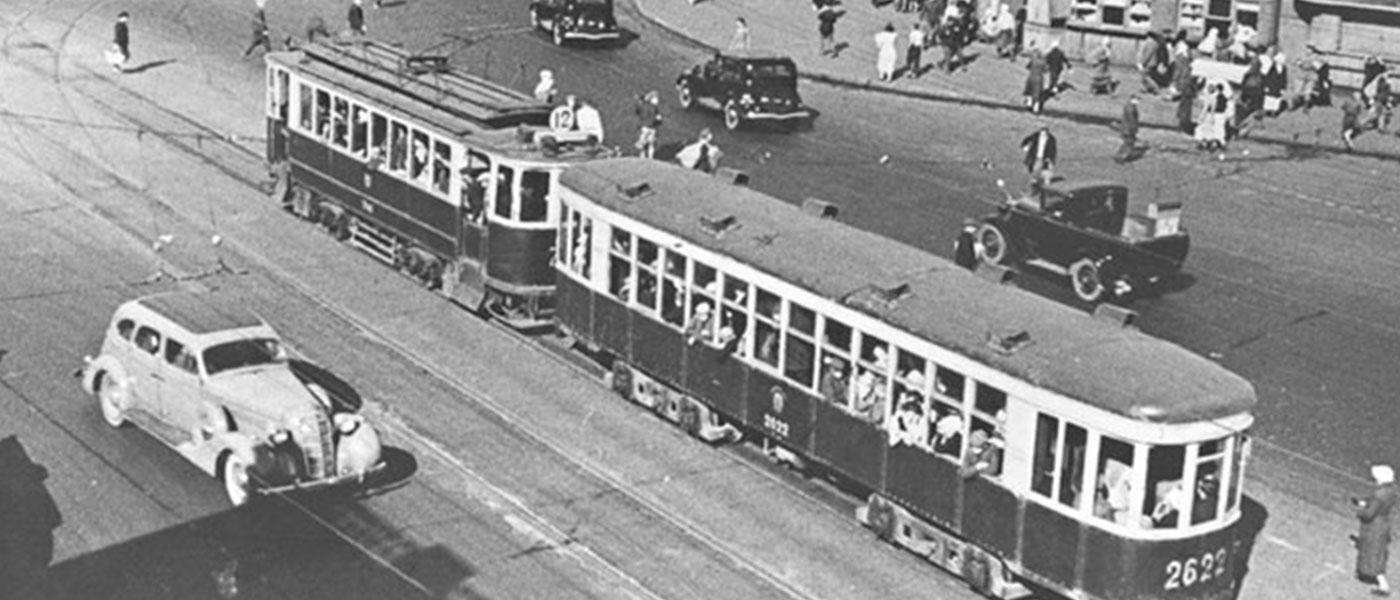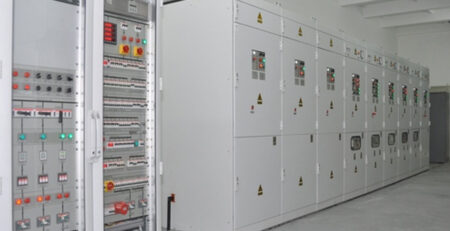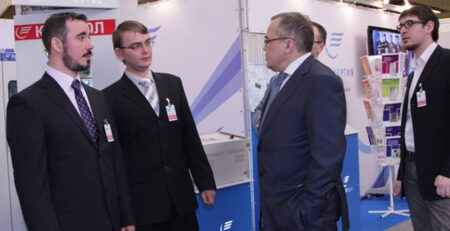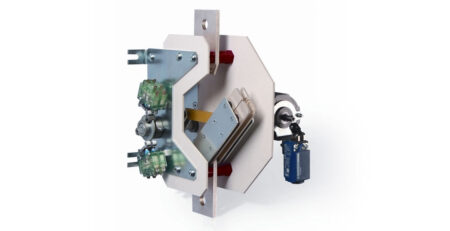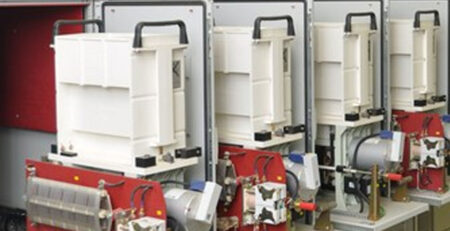History of electric traction originates in 1830-1840s and is associated with invention of an electric motor. In 1834, Boris Semyonovich Jacobi builds an electric motor, first in the world with direct rotation of driving shaft (other electrical devices existing before Jacobi’s invention and featured by reciprocal or wobbling motion of an armature had no practical application).
Later in 1837, Russian Academy of Sciences established a commission for testing method of vessel propulsion by means of electric motor, suggested by B. S. Jacobi, at that time being already Russian professor. On 25 September 1838, for the first time in the world, people were transported by means of electric traction. Electric vessel moved on Neva river, paddle wheel of which was driven by electric motor supplied from galvanic cell battery. The electric vessel with 14 people aboard reached the speed of 4 verst (a Russian unit of distance equal to 1.067 kilometers) per hour. The electric vessel was tested until 1842 and then tests were stopped because of incapacity of the galvanic cells for continuous feeding of the electric motors.
In 1874-1876, engineer F.A. Pirotskiy carried out a series of tests for current transfer via rails over a distance of 1 km. For that purpose, he used abandoned section of Sestroretsk railway, using one rail as a direct conductor and second rail as a return conductor. These tests were successful and in summer of 1876, on abandoned railway branch from Sestroretsk station to a quay, Pirotskiy brought an electric motor placed at the distance of 1 kilometer from power supply source to work. In 1880, he built and tested a tramcar with DC electric motor supplied through the wheels from insulated running rails that serve at the same time as conductors. Meanwhile, German electric company Siemens & Halske used idea of Pirotskiy about transfer of electric energy over distance and so first in the world electric tramway appeared in Berlin in 1881.
It is not clear what fate had in store for this invention in Russian Empire without assistance of Germans again. But in this case — of domestic origin. The merit of introduction of electric tramway to steep and winding streets of Kiev should be ascribed to A. Struve, Russified German, military engineer and entrepreneur. As a result, in 1892, first in Russia electric tramway appeared in Kiev (first tramcars for Kiev were made by German company Pullman).
Quick spreading of tramway transport was facilitated by invention of three-phase current in 1891 by Russian engineer M. O. Dolivo-Dobrovolskiy that makes electric energy transfer from power plant to consumers significantly easier and cheaper.
In 1895, “electric railway” started its work in St. Petersburg: track from Winter Palace to Mytninskaya embankment was laid onto ice of Neva river.
We should be obliged to activity of Podobedov and Hartmann, Siemens & Halske for establishment of tramway transport in Nizhniy Novgorod in 1896. In 1898, Belgian companies by proposal of Russian entrepreneurs created tramway transport systems in Kursk, Oryol, Vitebsk.
In 1898, in the very center of Moscow, on Raushskaya embankment, Siemens & Halske built the most powerful power station in Russia at that time. This station is preserved up to now, being the oldest working heat power plant in Russia.
First tramway in Moscow appeared in 1899, with power supply from traction substations fitted with rotating single-armature converters. First trolley-bus was launched in Moscow on 15 November 1933. In Leningrad, first trolley-bus came into service in 1936.
First traction substations used for current rectifying transformers and machine converter sets, also called dynamotors.
The next step in development of the urban electric transport was first mercury rectifier (ignitron) designed in USA by Cooper Hewitt. These devices had glass cases and limited power. Only when idea of Bell Scheffer about steel vacuum case was implemented, mercury rectifiers could successfully compete with rotating converters. First metal rectifiers were built in USA in 1908 and in Europe in 1910.
First domestic mercury rectifier was designed and built by V. K. Krapivin on Elektrosila plant in 1924, and since 1927 the plant commenced production of metal mercury rectifiers of RV type. The rectifiers were gradually improved, with rating increased by 1941 up to 7000А at 600V.
Despite of improvements, all mercury rectifiers had numerous shortcomings:
- relatively high energy losses in the electric arc,
- complex auxiliary equipment,
- complex automatic control and monitoring system.
Semiconductor silicon rectifiers were designed to replace the mercury rectifiers. First domestic semiconductor silicon rectifier for traction substations was designed and made by MPEI Electric Transport Department under the direction of prof. I. S. Yefremov and N. A. Zagaynov. This rectifier for current 1000А and voltage 600V was put into operation in the beginning of 1960.
Rapid implementation of the silicon rectifiers started since 1964.
Quick spreading of the silicon rectifiers can be explained by their following advantages over the mercury ones:
- increased efficiency of rectifier;
- small capacity of auxiliary units;
- simple control, monitoring and automation system;
- high reliability;
- simple maintenance.
V-TPED rectifier converter sections of new generation have such advantageous features like modern look, design, power part, mounting of electric components, circuitry and technological solutions of protection, diagnostic and control systems, maintenance and repair technology, increased reliability, improved weight/volume characteristics and enhanced overload capacity.



